AR/VR Development
Design and build immersive augmented and virtual reality experiences using modern 3D and spatial technologies.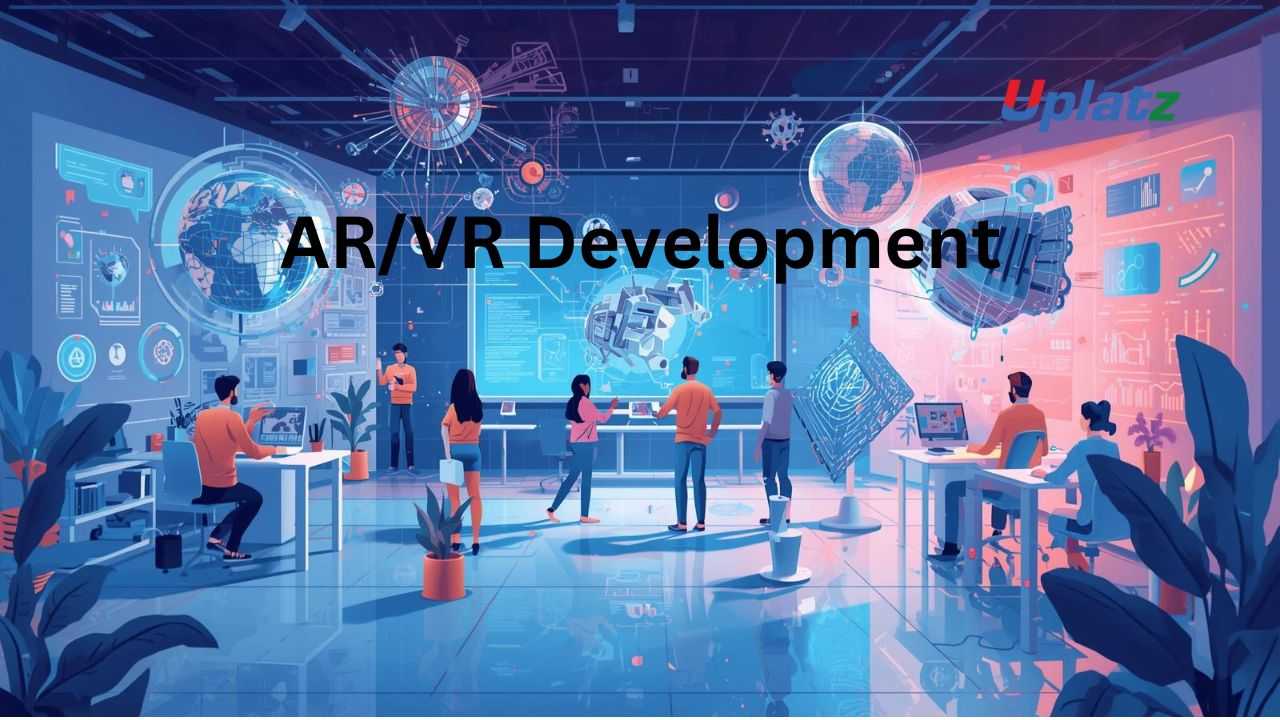 Price Match Guarantee
Full Lifetime Access
Access on any Device
Technical Support
Secure Checkout
Course Completion Certificate
Price Match Guarantee
Full Lifetime Access
Access on any Device
Technical Support
Secure Checkout
Course Completion Certificate
 92% Started a new career
BUY THIS COURSE (
92% Started a new career
BUY THIS COURSE (GBP 12 GBP 29 )-
 81% Got a pay increase and promotion
81% Got a pay increase and promotion
Students also bought -
-
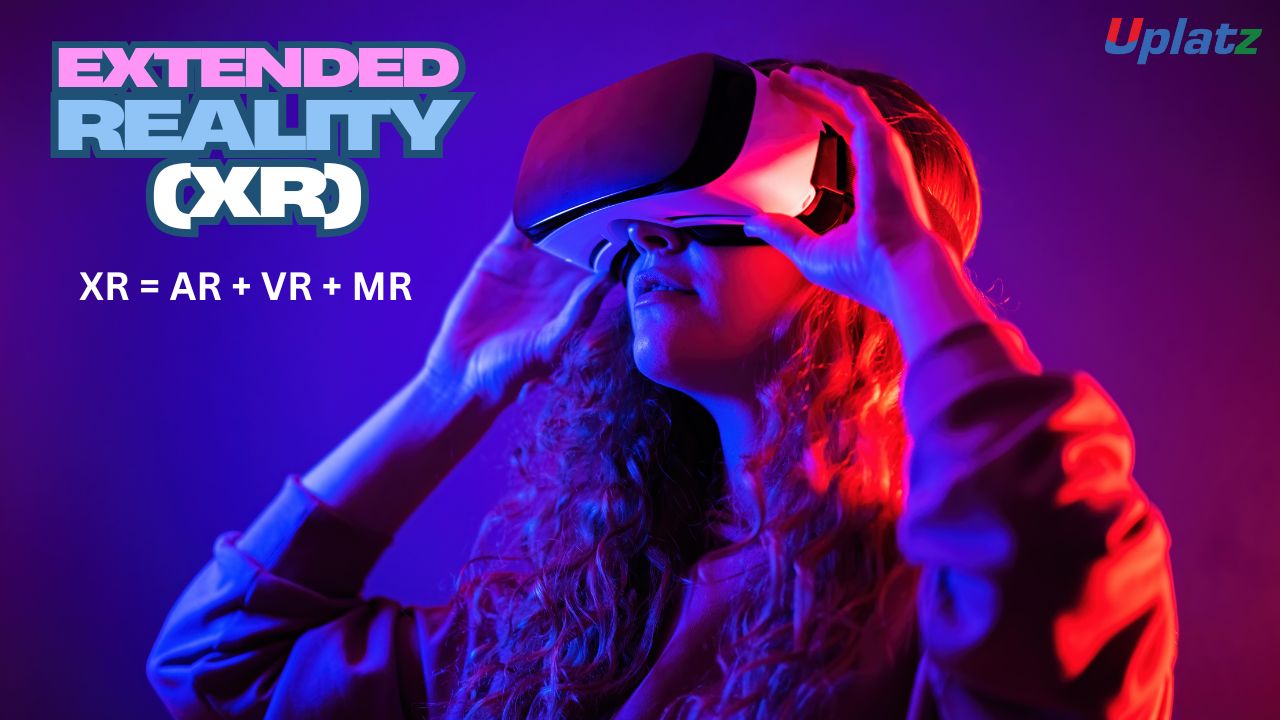
- Extended Reality (AR/VR/MR)
- 20 Hours
- GBP 12
- 410 Learners
-
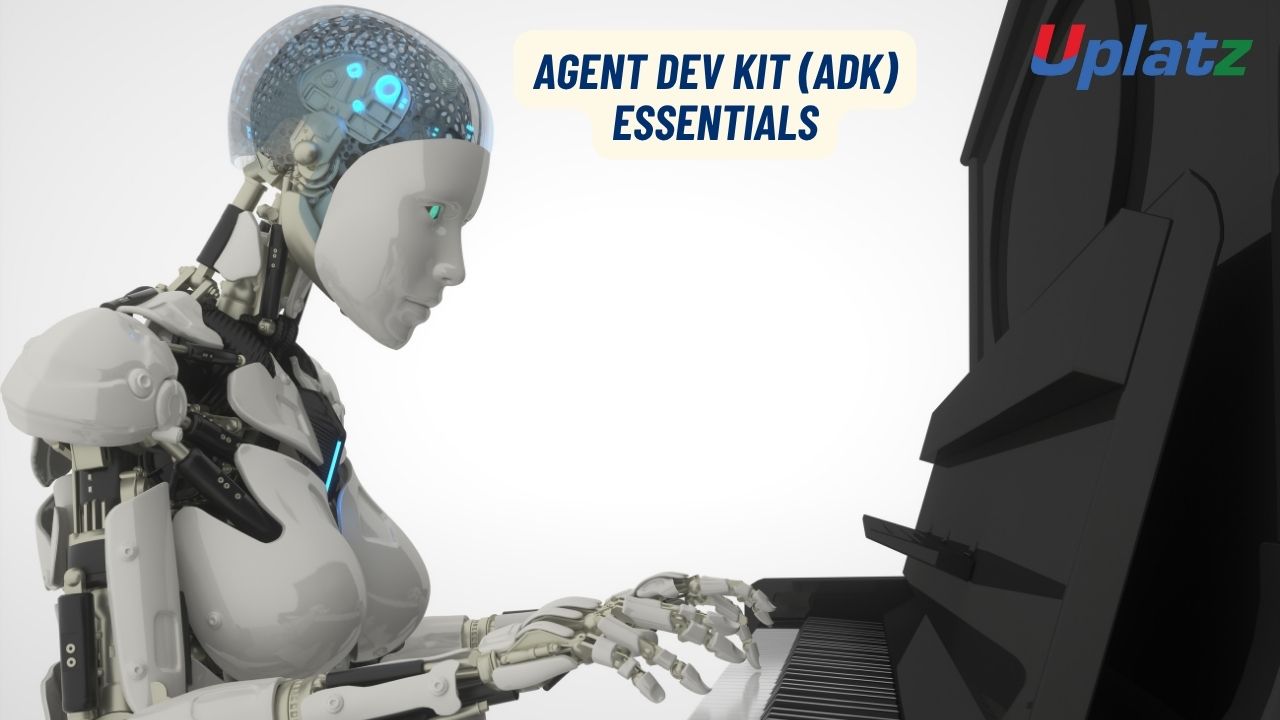
- Agent Dev Kit (ADK) Essentials
- 10 Hours
- GBP 12
- 10 Learners
-
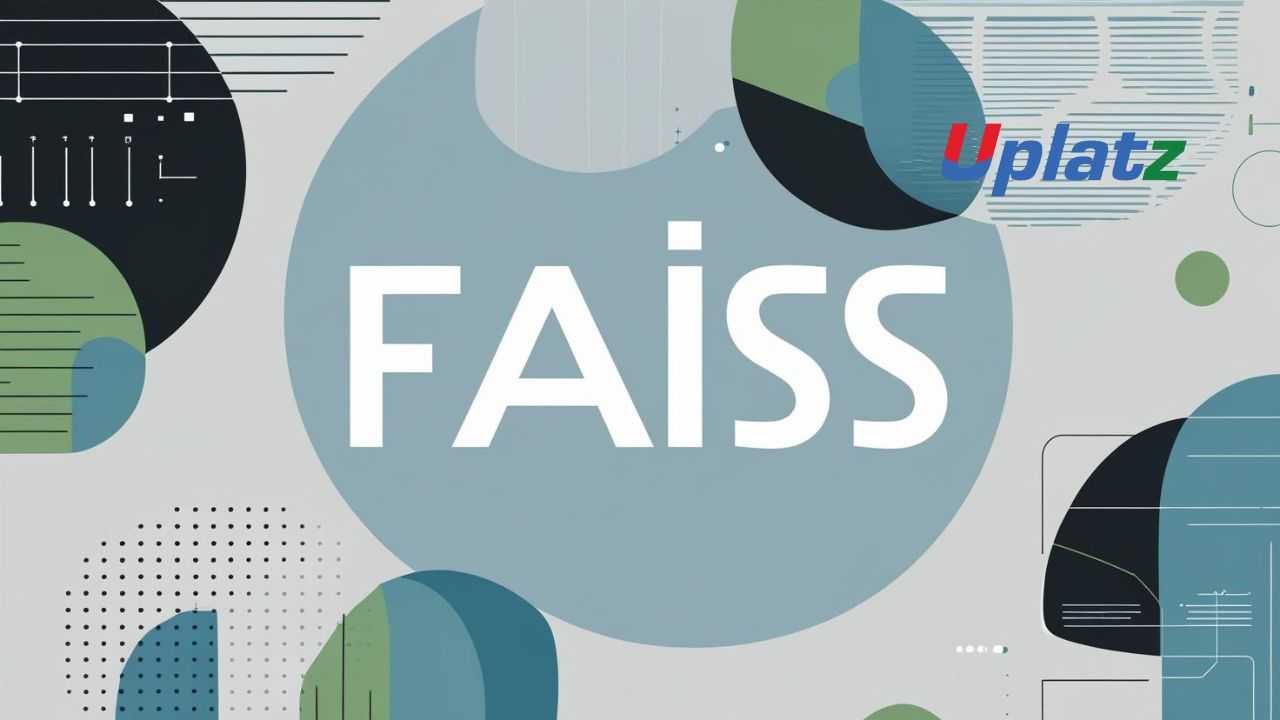
- FAISS - Vector Similarity Search & Embedding Retrieval
- 10 Hours
- GBP 12
- 10 Learners
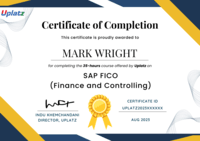
Augmented Reality (AR) and Virtual Reality (VR) represent the next great evolution in digital interaction — where imagination meets technology to create experiences that blur the line between the physical and virtual worlds. Once limited to gaming and entertainment, AR and VR have now transformed into powerful tools across industries including healthcare, education, architecture, marketing, engineering, and manufacturing. This course — AR/VR Development: Creating Immersive Digital Realities — takes you on a complete journey through the world of immersive technologies, helping you master both the theory and hands-on skills to design, develop, and deploy your own AR/VR applications.
The New Age of Immersive Technologies
We are entering an era where digital content is no longer confined to screens. In Augmented Reality (AR), virtual elements are seamlessly layered onto the physical world, enriching our perception through smartphones, headsets, and wearable devices. In Virtual Reality (VR), users are fully transported into simulated 3D environments that replicate real-world scenarios or create entirely new, imaginative worlds. Together, these technologies are redefining how people learn, play, communicate, shop, and work — creating experiences that are more interactive, personalized, and impactful than ever before.
As global innovators such as Meta (Facebook), Apple, Microsoft, Google, and Unity Technologies continue to push the boundaries of immersive computing, the need for professionals skilled in AR/VR development has skyrocketed. From developers and 3D designers to educators and marketers, those with the ability to craft immersive experiences are in high demand across all sectors. This course equips you with the creative mindset and technical proficiency to join this rapidly expanding field and contribute to shaping the future of digital interaction.
What This Course Offers
This course provides a holistic foundation in AR/VR design and development — covering the conceptual, creative, and coding aspects of building immersive experiences. It introduces you to the technologies and frameworks that power AR and VR systems, while also guiding you through hands-on projects that mirror real-world use cases.
You’ll learn to:
-
Build 3D models and environments using industry-standard tools.
-
Develop interactive AR/VR applications using Unity or Unreal Engine.
-
Integrate ARCore, ARKit, and WebXR for mobile and web-based experiences.
-
Design user interactions through motion tracking, gesture recognition, and spatial UI.
-
Apply immersive technologies to real-world problems in education, training, marketing, and design.
-
Consider ethics, accessibility, and human comfort in immersive environments.
Through a balance of conceptual learning and project-based practice, you’ll gain the skills to not only understand immersive technology but also create meaningful experiences that engage and inspire.
Core Learning Modules
1. Understanding AR, VR, and MR
Explore the foundational concepts of Augmented Reality (AR), Virtual Reality (VR), and Mixed Reality (MR). Understand how spatial computing, 3D rendering, and real-time interaction work together to create immersive experiences. You’ll also learn about human perception and how our brains interpret virtual environments — essential knowledge for designing comfortable and believable experiences.
2. 3D Modeling and Environment Design
Learn to build, import, and manipulate 3D objects and virtual environments. Explore textures, lighting, materials, and shaders to bring realism and atmosphere into your creations. You’ll use modeling software and game engines to design spaces that users can explore naturally.
3. Game Engine Mastery
Develop your first immersive applications using Unity or Unreal Engine — the world’s most popular platforms for AR/VR content creation. You’ll explore physics engines, animation systems, event handling, and scripting to make your environments interactive and dynamic.
4. Integrating AR SDKs and Frameworks
Discover how to extend your applications with real-world functionality using AR toolkits and frameworks. Learn ARCore for Android, ARKit for iOS, and WebXR for browser-based experiences. You’ll gain hands-on experience in integrating tracking, mapping, and environmental detection features.
5. Motion Tracking and Interaction Design
Immersion depends on natural, intuitive interaction. In this module, you’ll learn how to use motion sensors, gestures, and controllers to create fluid interaction in virtual spaces. You’ll design spatial interfaces and experiment with hand tracking, gaze tracking, and voice commands to enhance usability and realism.
6. Cross-Platform Deployment and Optimization
Learn how to deploy your AR/VR projects across multiple devices — from headsets and mobile phones to web browsers and desktop systems. You’ll also master techniques for optimizing performance, reducing latency, and improving rendering efficiency to ensure smooth, comfortable user experiences.
7. Applied AR/VR for Real-World Scenarios
Bridge theory and practice by applying your skills to solve real-world challenges. Develop immersive educational tools, industrial simulations, retail visualization apps, or entertainment experiences. You’ll see how AR/VR can enhance learning, streamline training, and improve business outcomes.
8. Ethics, Accessibility, and Human-Centered Design
Explore the ethical and social implications of immersive technologies. Learn about data privacy, user safety, psychological well-being, and inclusive design. You’ll understand how to design experiences that are not only engaging but also responsible and accessible to diverse audiences.
Hands-On Projects
The course emphasizes experiential learning through practical projects. You’ll build a portfolio of immersive experiences that demonstrate both creativity and technical skill.
Sample Projects Include:
-
VR Interaction Simulation: Create a fully navigable 3D environment in Unity where users can move, interact, and complete tasks using hand controllers or gaze tracking.
-
AR Object Visualization App: Build a mobile AR app using ARCore or ARKit that overlays digital 3D models onto physical objects for interactive visualization.
-
WebXR Interactive Experience: Develop an immersive browser-based project using WebXR that can be experienced through headsets or desktop browsers.
-
Spatial UI/UX Prototype: Design a prototype interface demonstrating gesture-based interactions and intuitive navigation in mixed reality.
Each project helps you combine artistry and technical expertise, making your learning experience both creative and career-ready.
Who Should Enroll
This course is ideal for:
-
Developers and Engineers seeking to specialize in immersive technology.
-
Game Designers and 3D Artists expanding into AR/VR content creation.
-
UI/UX Designers interested in spatial and experiential design.
-
Educators, Trainers, and Marketers who want to use immersive tools to create engaging learning or promotional content.
-
Students and Innovators eager to explore the intersection of technology, creativity, and human experience.
Whether you’re an aspiring developer, a creative storyteller, or a professional looking to upskill for the future, this course offers the tools and vision to succeed in the AR/VR industry.
Career Opportunities
AR and VR are driving one of the fastest-growing job markets worldwide. As immersive technologies become integral to business, education, healthcare, and entertainment, demand for skilled professionals is rising rapidly. Graduates of this course will be well-prepared for roles such as:
-
AR/VR Developer
-
Immersive Experience Designer
-
3D Simulation Engineer
-
Spatial UI/UX Specialist
-
Game Developer (AR/VR)
-
Metaverse Experience Architect
You’ll gain a portfolio of projects and a comprehensive understanding of immersive technology development — a combination that sets you apart in a future-oriented digital economy.
Conclusion
AR/VR Development – Creating Immersive Digital Realities is more than just a technical course — it’s an invitation to explore new dimensions of creativity and human interaction. By mastering the tools and principles of AR and VR, you’ll gain the ability to craft experiences that educate, entertain, inspire, and transform. As the boundaries between real and virtual continue to blur, your skills will help shape the next frontier of digital innovation — one where imagination becomes reality.
By the end of this course, learners will be able to:
- Understand AR, VR, and MR concepts and their technological differences.
- Use Unity and Unreal Engine for developing immersive applications.
- Apply 3D modeling and spatial design techniques to virtual environments.
- Implement AR using mobile SDKs like ARCore (Android) and ARKit (iOS).
- Integrate sensors, cameras, and motion tracking for real-world interaction.
- Apply design principles of user immersion and ergonomics in AR/VR.
- Develop cross-platform XR applications using WebXR and OpenXR.
- Optimize graphics performance and user experience.
- Explore industrial applications of AR/VR in healthcare, education, and manufacturing.
- Deploy AR/VR projects for web, desktop, and mobile platforms.
Course Syllabus
Module 1: Introduction to AR/VR and Extended Reality (XR)
Overview of immersive technologies, evolution, and industry trends.
Module 2: Fundamentals of 3D Graphics and Spatial Computing
Understanding 3D coordinates, rendering, lighting, and physics simulation.
Module 3: Unity and Unreal Engine Basics
Setting up projects, managing assets, scripting interactions, and building scenes.
Module 4: Augmented Reality Development
ARCore and ARKit fundamentals, plane detection, object tracking, and overlays.
Module 5: Virtual Reality Development
VR environments, controllers, locomotion systems, and spatial audio design.
Module 6: Designing User Interaction in XR
Gesture recognition, gaze tracking, and human-centered spatial UX design.
Module 7: WebXR and Cross-Platform Development
Developing browser-based AR/VR experiences and multi-device compatibility.
Module 8: 3D Modeling and Asset Integration
Creating, importing, and optimizing 3D models using Blender, Maya, or Sketchfab.
Module 9: Physics, Animation, and Game Logic
Simulating object behaviors and building interactive narratives in XR.
Module 10: Industrial Applications of AR/VR
Use cases in education, retail, architecture, healthcare, and manufacturing.
Module 11: Performance Optimization and Deployment
Reducing latency, improving rendering, and optimizing for various devices.
Module 12: Capstone Project – Immersive Application Development
Design and deploy a full AR or VR experience, integrating 3D assets, interaction, and animation for a chosen industry scenario.
Upon successful completion, learners will receive a Certificate of Mastery in AR/VR Development from Uplatz.
This certification validates your expertise in designing, developing, and deploying immersive experiences using AR and VR technologies. It demonstrates your capability to:
- Build real-time interactive environments using Unity or Unreal Engine.
- Integrate 3D models, motion tracking, and spatial computing for engaging user experiences.
- Apply AR and VR tools to real-world applications in gaming, enterprise, and education.
This credential confirms your readiness to contribute to the emerging world of immersive computing and metaverse development, empowering you to lead innovation in digital reality technologies.
Proficiency in AR/VR development unlocks diverse career paths, including:
- AR/VR Developer
- 3D Visualization Specialist
- Game Developer (XR/Spatial Computing)
- Metaverse Application Designer
- Immersive Experience Architect
- Simulation & Training Developer
With industries investing in extended reality (XR), skilled professionals in AR/VR are among the most sought-after in gaming, education, healthcare, and industrial simulation sectors.
- What is the difference between AR and VR?
AR overlays digital elements onto the real world, while VR immerses users in a fully virtual environment. - What tools are used in AR/VR development?
Unity, Unreal Engine, ARCore, ARKit, WebXR, Blender, and Vuforia. - What is spatial computing?
A technology enabling interaction between digital and physical environments using 3D mapping and sensors. - What is the role of sensors in AR/VR systems?
They track movement, orientation, and environment to align digital objects with real-world space. - What are key challenges in AR/VR development?
Latency, motion sickness, performance optimization, and hardware constraints. - What programming languages are used in AR/VR?
C#, C++, JavaScript, and Python (for asset scripting and backend). - What is WebXR?
A web-based framework that allows AR/VR content to run directly in browsers. - How is AR/VR used in industries beyond gaming?
Training simulations, retail visualization, remote collaboration, and design prototyping. - What are best practices for designing immersive experiences?
Maintain comfort, avoid motion lag, ensure clear interaction cues, and design for accessibility. - What is the future of AR/VR?
Integration with AI, 5G, and IoT will enable seamless mixed reality and metaverse experiences across platforms.









